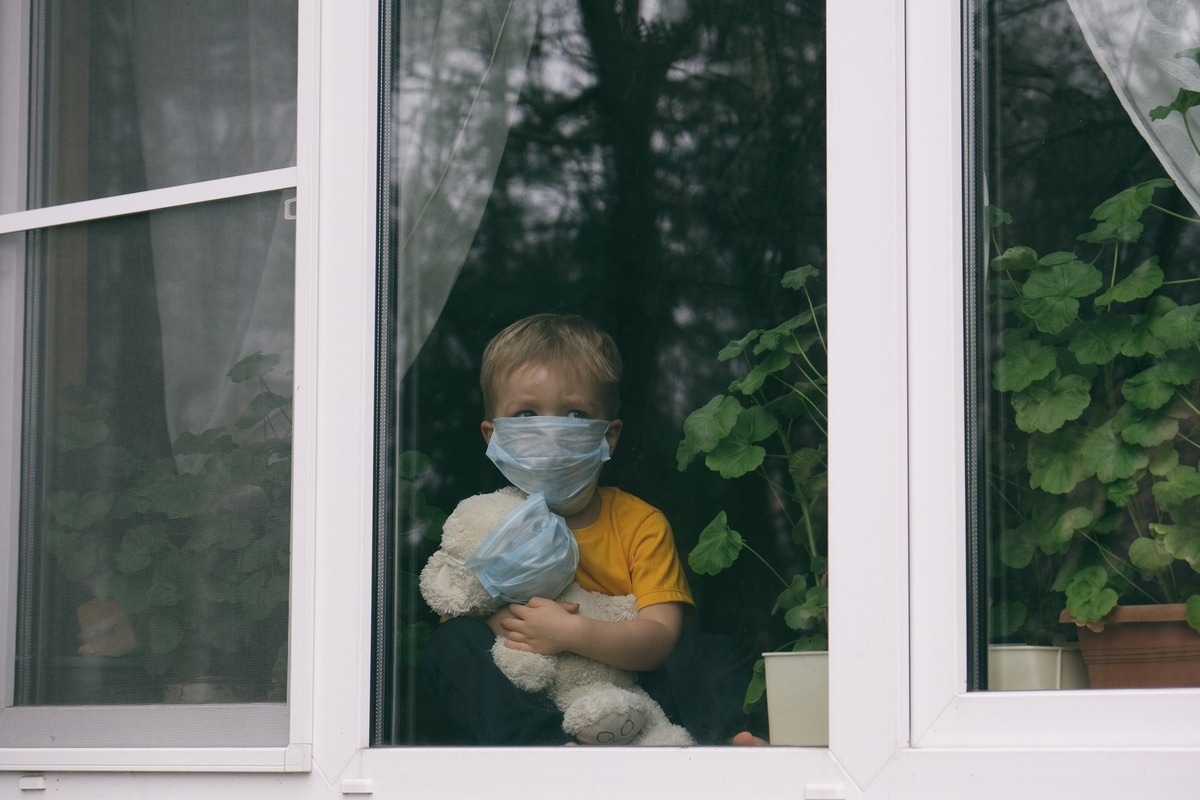 By Neha MathurReviewed by Danielle Ellis, B.Sc.Jul 13 2022
By Neha MathurReviewed by Danielle Ellis, B.Sc.Jul 13 2022In a recent study posted to the medRxiv* preprint server, researchers designed a cohort-based surveillance study to identify risk factors for severe acute respiratory syndrome coronavirus 2 (SARS-CoV-2) infection and its household transmission among children and individuals with asthma and allergic diseases.
 Study: Human Epidemiology and RespOnse to SARS-CoV-2 (HEROS): Objectives, Design and Enrollment Results of a 12-City Remote Observational Surveillance Study of Households with Children using Direct-to-Participant Methods. Image Credit: Gargonia/Shutterstock
Study: Human Epidemiology and RespOnse to SARS-CoV-2 (HEROS): Objectives, Design and Enrollment Results of a 12-City Remote Observational Surveillance Study of Households with Children using Direct-to-Participant Methods. Image Credit: Gargonia/Shutterstock

 *Important notice: medRxiv publishes preliminary scientific reports that are not peer-reviewed and, therefore, should not be regarded as conclusive, guide clinical practice/health-related behavior, or treated as established information.
*Important notice: medRxiv publishes preliminary scientific reports that are not peer-reviewed and, therefore, should not be regarded as conclusive, guide clinical practice/health-related behavior, or treated as established information.
Background
At the beginning of the coronavirus disease 2019 (COVID-19) pandemic, studies focused primarily on SARS-CoV-2-infected individuals, especially those with severe disease. Studies barely investigated SARS-CoV-2 infections in children and their role in silent transmission. Unexpectedly, studies also did not assess the risk of SARS-CoV-2 infection in individuals with asthma, typically at heightened risk of morbidity from many respiratory viruses. Overall, studies did not investigate the rate of SARS-CoV-2 infection in children and identified asthma as a risk factor for severe disease.
Later, the United States (US) National Institute of Allergy and Infectious Diseases (NIAID) collaborated with their investigators to design the Human Epidemiology and Response to SARS-CoV-2 (HEROS) surveillance study. The HEROS evaluated the association between the host nasal transcriptome of people with asthma and allergic diseases and SARS-CoV-2 infection and transmission risk.
About the study
In the present study, researchers described the rationale, design, execution, logistics, and characteristics of a six-month incidence study of SARS-CoV-2 within households with children across 12 cities in the US termed the HEROS. They used direct-to-participant methods to remotely enroll and follow up with eligible children and their household members. Also, the eligible children and adults self-collected their nasal samples biweekly regardless of symptoms between May 2020 and February 2021. They also surveyed household contacts with weekly questionnaires.
Study findings
The study had 5,598 participants, including 1,913 principal participants, i.e., children, 1,913 primary caregivers, 1,043 other household children, and 729 secondary caregivers. On average, 4.4 individuals participated from a household, and 2.9 participants participated per household. The mean age of principal participants or children in HEROS was 10.5 years, and 54% of them were White. The team distributed 28,011 weekly surveys, 90% of which received a response. Likewise, the study participants completed 92% of 14,158 biweekly surveys. These surveys identified 1451 illness events from 904 study participants.
The 1020 households that completed the HEROS study provided sufficient serum volume through returned collection tubes. At enrollment, capillary blood and stool were collected from 82% and 85% of eligible participants, respectively. By the culmination of the study period, the capillary blood collection from all eligible participants was 66% (n=3030). Likewise, over 99% of collected nasal biospecimens were of good quality, as assessed by nasal swab quantitative polymerase chain reaction (qPCR). Of the 25 adverse events (AEs), 72% occurred in children and were related to capillary blood collection. One participant also experienced a fall causing injuries, a concussion, and a fracture of facial bones, during a capillary blood collection.
The overall response of the study participants was positive in the exit questionnaires, indicating that the concept of at-home biospecimen was pretty successful and facilitated nasal sampling and blood collection for other studies. It is noteworthy that participants received in-depth training on the collection process of biospecimens, including written material, kits, and videos. They could even contact the site research team via video conferencing.
The high drop-out rate was the biggest challenge encountered during the HEROS. The researchers had to withdraw around 80% (893/1913) of households from the study, 80% due to non-completion of surveys. The participants likely found it difficult to provide samples repetitively in the middle of unprecedented health and social crisis. Also, delays in distributing the biosample kits and inconsistent contact by clinical site staff could have discouraged participants.
Accordingly, there is a need to develop additional retention methods to engage families in longitudinal studies requiring frequent surveys and biospecimen collections. Notably, the shipping time for biospecimens from participating households to the central repository was long. However, it did not impact the study results (e.g., serologic assays).
Conclusions
The current study showed the successful and rapid implementation of research studies remotely without in-person research visits. It also demonstrated the ability to rapidly conduct surveys and nasal, capillary blood, and stool biospecimen collections. The overall experience gathered through HEROS would be of substantial value for similar studies in the future and improve the recruitment and retention of participants in conventional studies.

 *Important notice: medRxiv publishes preliminary scientific reports that are not peer-reviewed and, therefore, should not be regarded as conclusive, guide clinical practice/health-related behavior, or treated as established information.
*Important notice: medRxiv publishes preliminary scientific reports that are not peer-reviewed and, therefore, should not be regarded as conclusive, guide clinical practice/health-related behavior, or treated as established information.